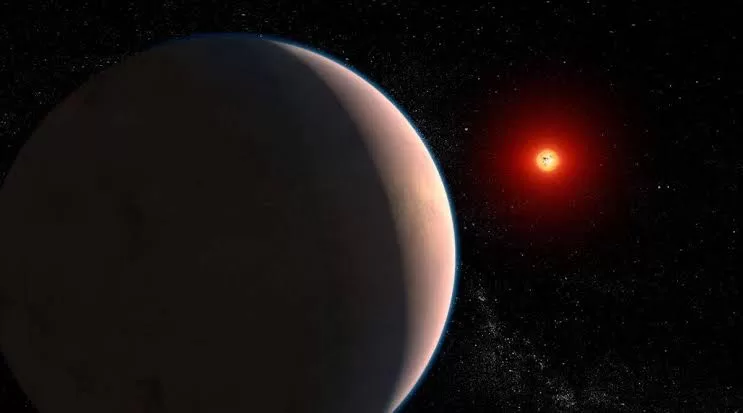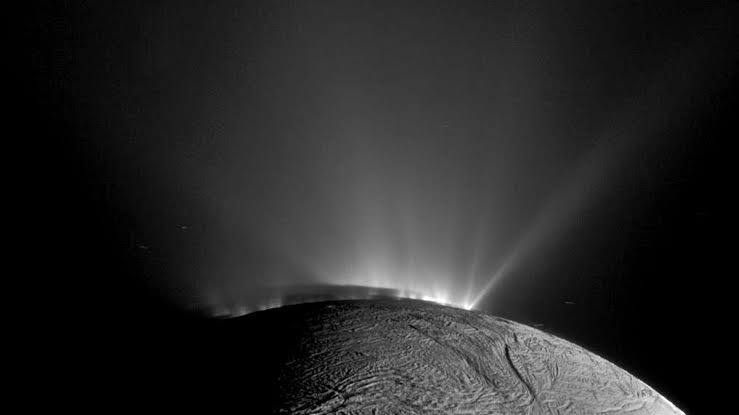Introduction: SETI Project Looks for Technosignatures Humanity's age-old fascination with the possibility of life beyond Earth has fueled endeavors like the Search for Extraterrestrial Intelligence (SETI). The idea that we might one day receive a signal from an advanced extraterrestrial civilization is both tantalizing and scientifically profound. What Are Technosignatures?...
A new study published in the journal Physical Review Letters has found that everything in the universe, including black holes, will eventually evaporate. The study, conducted by researchers at Radboud University in the Netherlands, found that Hawking radiation, which is emitted by black holes, is not limited to the event...
Introduction AI Challenges in Rocketry - Rocket development has always been at the forefront of technological innovation. Over the years, advancements in various fields, including materials science, propulsion systems, and aerodynamics, have propelled humanity into space. In recent times, the integration of Artificial Intelligence (AI) into rocket development has promised...
Home automation is the use of automation to control various devices and systems in a home, from lighting and thermostats to security alarms and appliances. Home automation systems can be controlled manually, using a smartphone or tablet app, or with voice commands. Some ideas for creating automations with smart technology:...
June 4: Venus at Greatest Elongation East. Venus will reach its greatest elongation, which means it will be at its farthest point from the Sun in the evening sky. This is the best time to view Venus, as it will be very bright and high in the sky. June 7: Arietids Meteor...
India's NavIC satellites offer 3-meter positioning accuracy, according to ISRO chairman S. Somanath. This means that users of NavIC-enabled devices can expect to be within 3 meters of their actual location. This is significantly better than the accuracy of other navigation systems, such as the Global Positioning System (GPS), which...
The James Webb Space Telescope has found water vapor in the atmosphere of WASP-18 b, a hot Jupiter-sized exoplanet that orbits its star in just 23 hours. The discovery was made possible by Webb's high-precision infrared spectroscopy, which allowed scientists to study the chemical composition of the planet's atmosphere in...
China's spaceplane, which returned to Earth on May 8, 2023 after a 276-day mission, could be used for a variety of purposes, including scientific research, commercial applications, or even as a weapon. Some experts believe that the spaceplane could be used for counterspace operations, such as disabling or destroying enemy...
A team of astronomers has observed the first radiation belt outside our solar system, using an array of 39 radio dishes. The radiation belt, found around an ultracool dwarf, is similar to Jupiter's but 10 million times brighter. The discovery was made by a team led by Melodie Kao of...
The James Webb Space Telescope (JWST) has spotted a 9,000 km long water plume erupting from the surface of Saturn's moon Enceladus. The plume was first detected by the Cassini spacecraft in 2005, but JWST's observations are the first to provide such a detailed view of the source of the...










